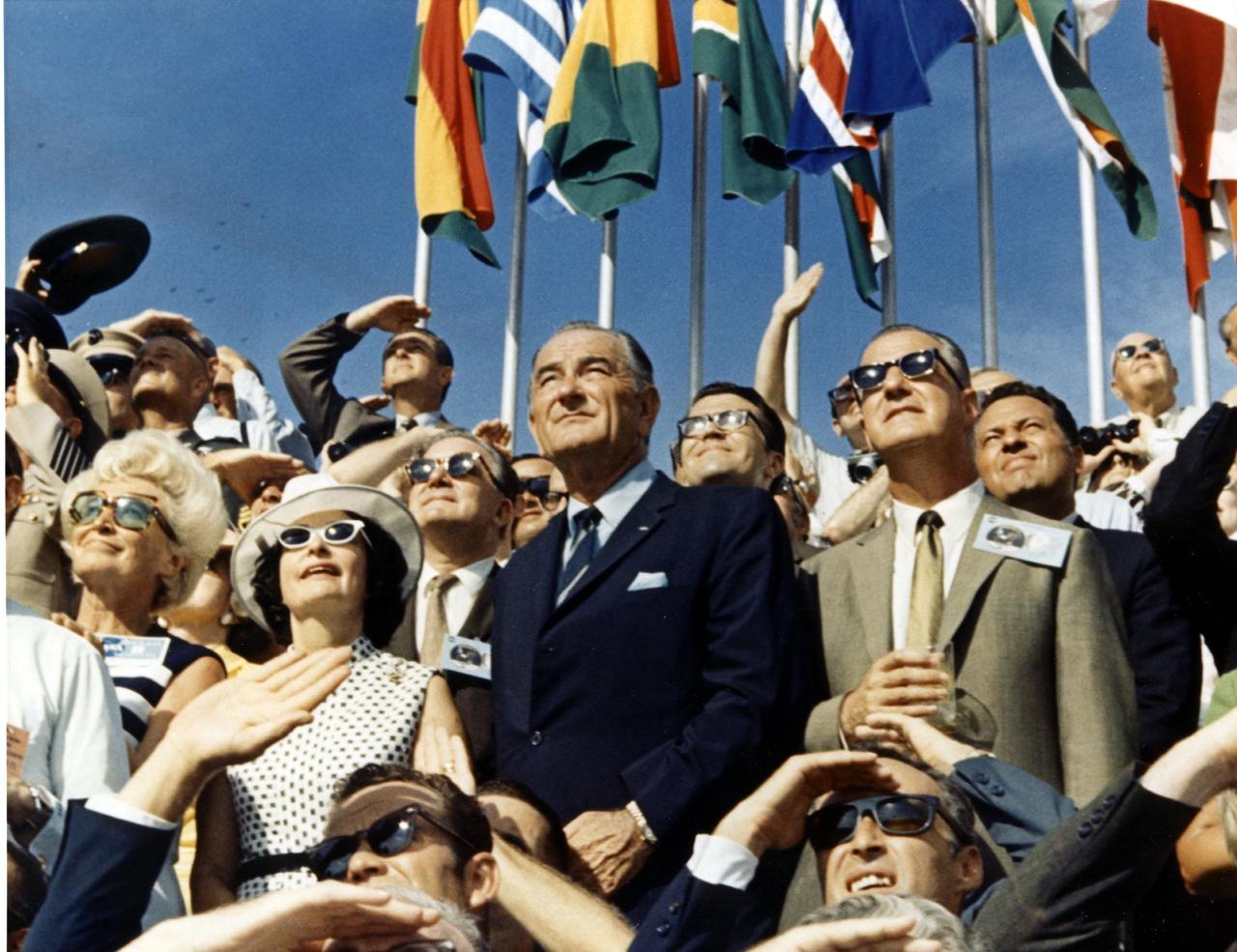Stay Up to Date
Submit your email address to receive the latest industry and Aerospace America news.
President Donald Trump on Friday signed an executive order formally re-establishing the National Space Council with Vice President Mike Pence as its chair, a move the administration hopes can bring more efficient coordination of government and industry space operations.
Trump signed the order alongside aerospace industry members and Apollo 11 astronaut Buzz Aldrin at a White House event that was not broadcast live, and was mentioned to the press only shortly before the signing.
“Today we are taking a crucial step to secure America’s future in space,” Trump said, according to White House press pool notes. “We are a nation of pioneers and the next great American frontier is space.”
Pence in March confirmed the administration’s intent to re-establish the executive branch board, which was created in 1958 but has been defunct since 1993 and has a history of varying effectiveness. The council’s potential to influence space-related policy across agencies is buoyed by its high-ranking membership.
Its mission: to develop a strategy for national space activities, and to present recommendations to the president on space policy and space-related issues. The order also gives the council a mandate to create more efficient coordination and information sharing among “civil, national security, and commercial space sectors, and facilitate resolution of differences concerning major space and space-related policy issues.”
The council includes numerous top ranking Cabinet members and national security officials, including the secretaries of defense, state and transportation, the director of the office of management and budget, the director of national intelligence and the chairman of the Joint Chiefs of Staff. The head of each department and agency shall ensure that its space-related activities conform to national space policy and strategy, according to the order, which also clarifies that the council shall not be used to impair the authority of those agency heads.
Nonfederal representatives of the aerospace community and industry will also meet with the council at least once a year as part of a “Users’ Advisory Group,” which will be appointed by the council, including a chairman chosen by Pence. A top candidate for that nonfederal chairman role is expected to be Scott Pace, the head of the Space Policy Institute at George Washington University who was a NASA official during the George W. Bush administration.
The re-creation of the council is “an opportunity to create an integrated strategic approach to U.S. space endeavors,” said a statement by Sandy Magnus, executive director of the American Institute of Aeronautics and Astronautics, the professional society that is the parent of Aerospace America.
“AIAA looks forward to working with council members, staff, and the vice president’s office as we strive to maintain our nation’s leadership in the civil, commercial, and national security space sectors,” said Magnus, a former NASA astronaut.
The success of the space council during previous administrations depended on the interest and leadership of the vice president who chaired it, says space historian Roger Launius.
“The best example is when LBJ chaired it during the Apollo decision,” Launius says of former vice president Lyndon Johnson helping the council brainstorm the Kennedy administration’s plan to send humans to the moon. “We don’t even usually think of the space council in that arena but always remember the role LBJ played. It was not effective in the post-Apollo planning time frame under Spiro Agnew. It also could serve as a useful coordinating body when there were policy statements.”
The council could be most effective in assisting with NASA’s deep space missions by influencing the budget process and policymaking of Congress and contractors, NASA’s Bill Gerstenmaier, associate administrator for human exploration and operations told Aerospace America in a May article.
“We have enough people giving us guidance,” Gerstenmaier said at the time about the council’s possible role as an advisory group.
Editor’s note: In the photo at the top of this page, Vice President Mike Pence, the chairman of the National Space Council, speaks at NASA’s Johnson Space Center in Houston during the introduction of the 2017 astronaut candidates on June 7.
About Tom Risen
As our staff reporter from 2017-2018, Tom covered breaking news and wrote features. He has reported for U.S. News & World Report, Slate and Atlantic Media.
Related Posts
Stay Up to Date
Submit your email address to receive the latest industry and Aerospace America news.





